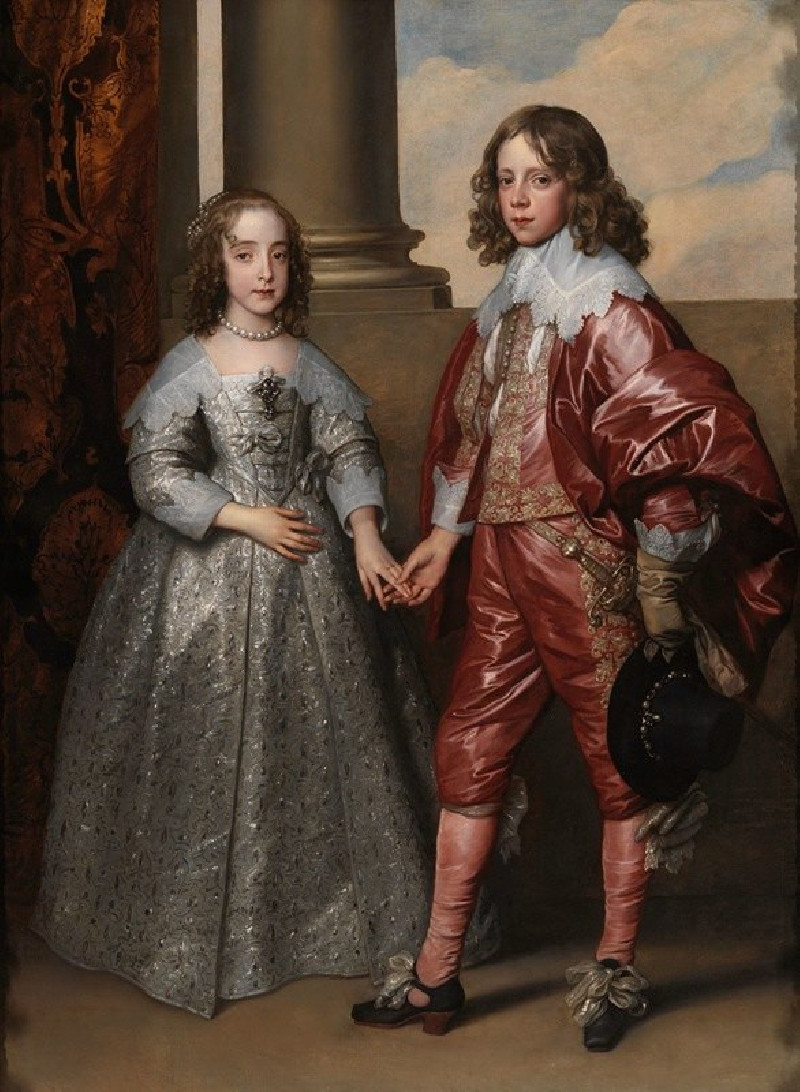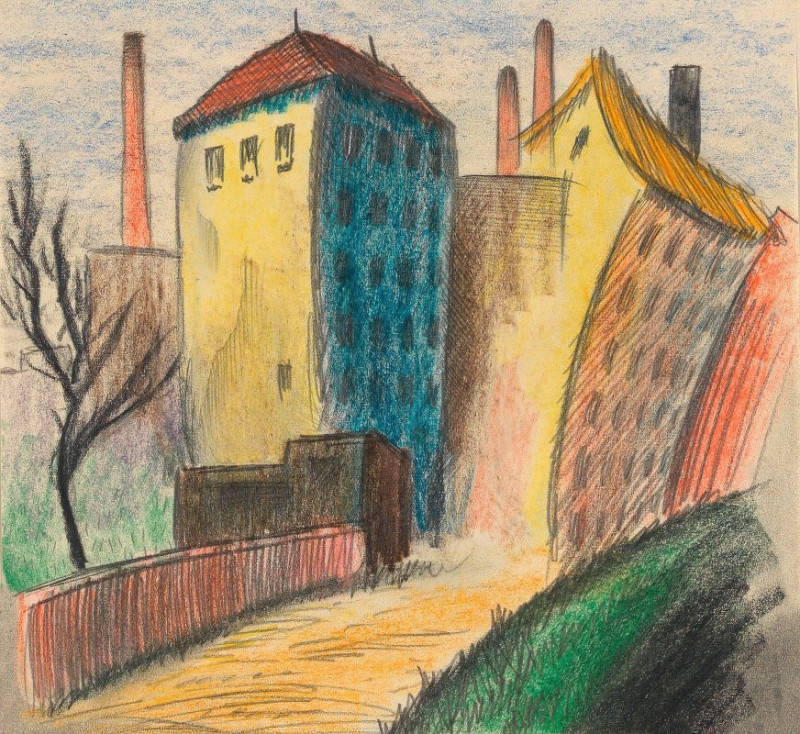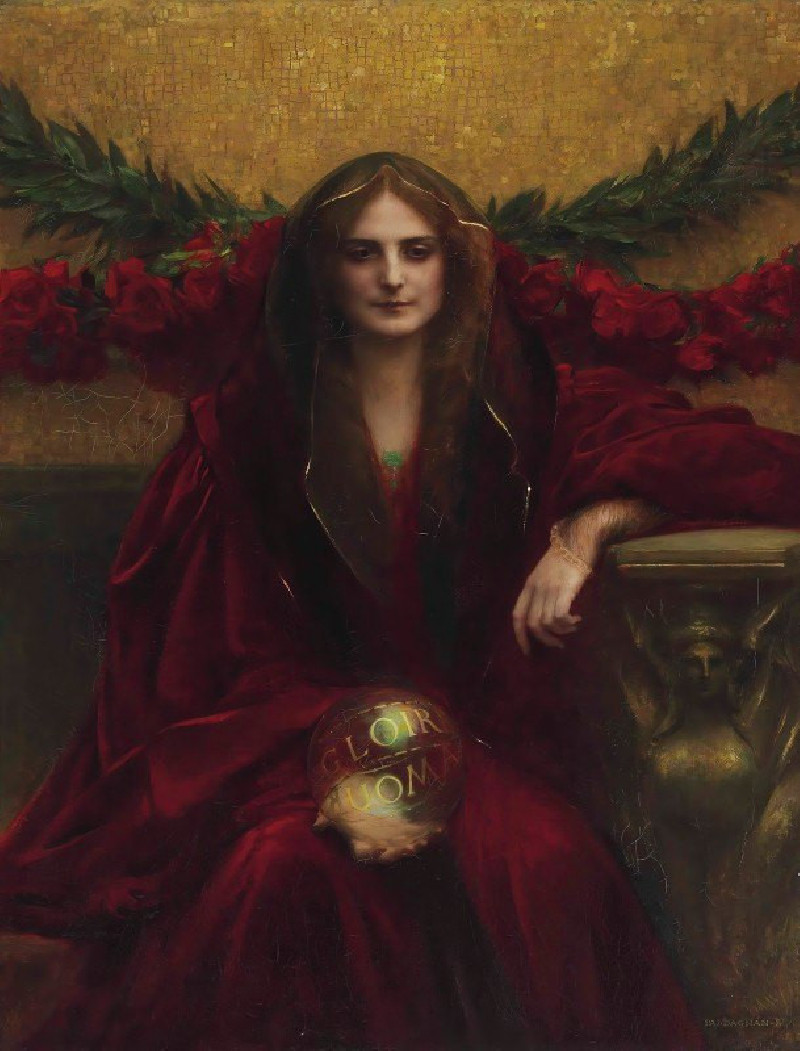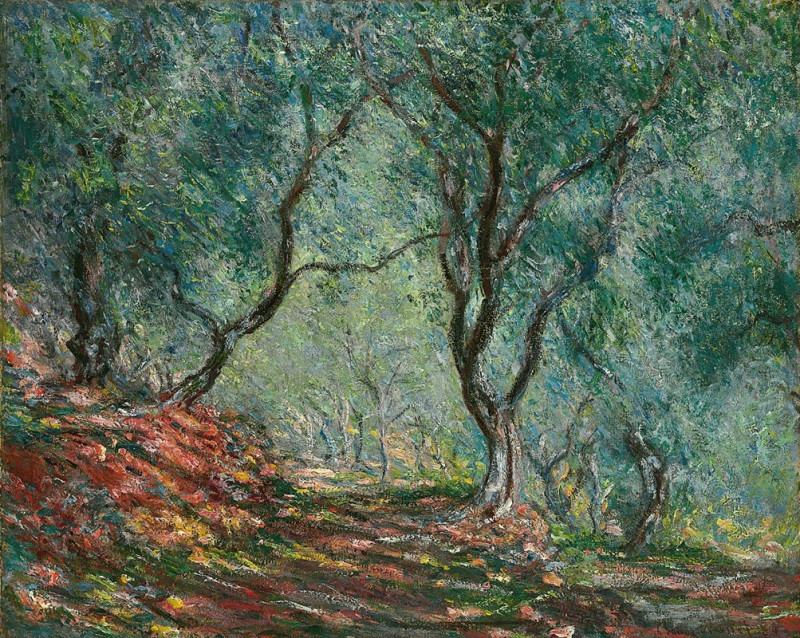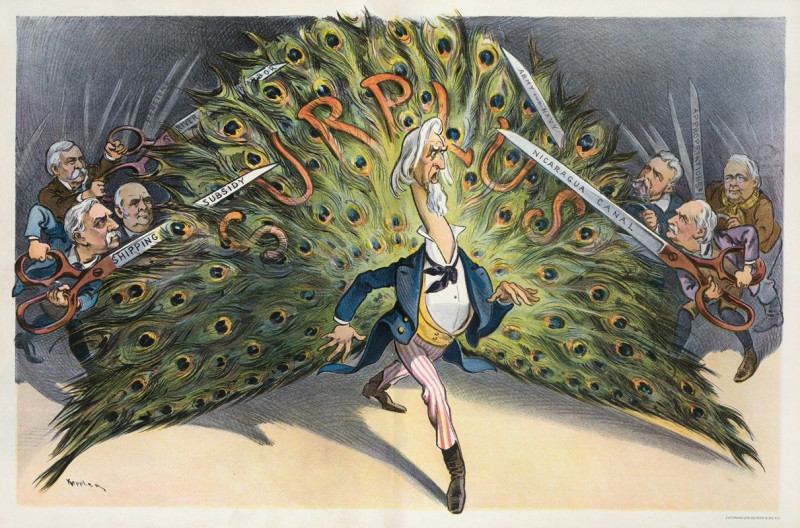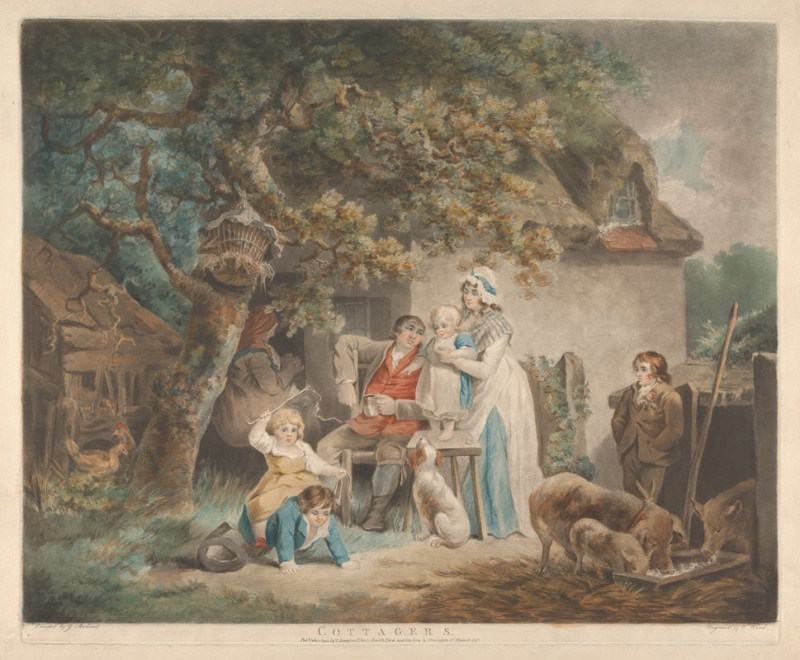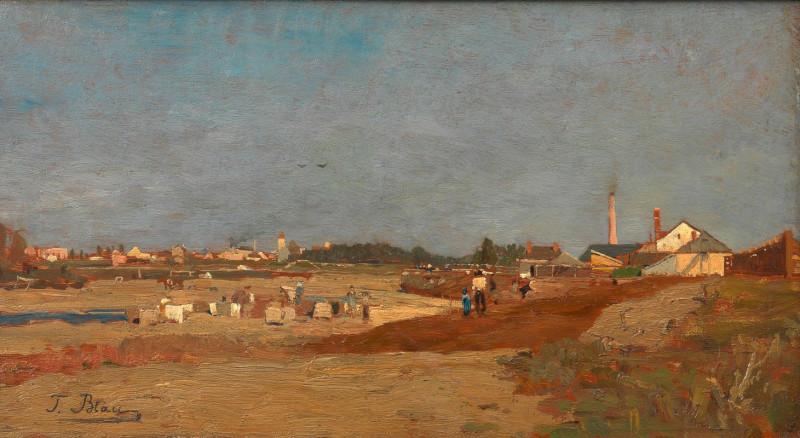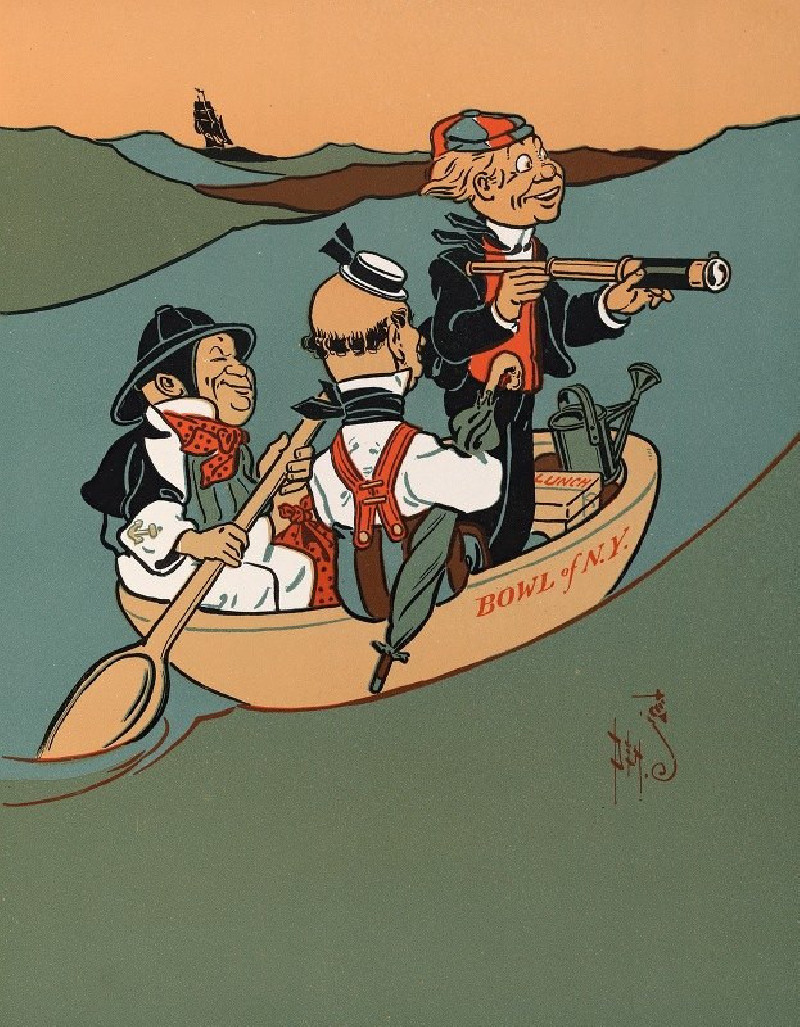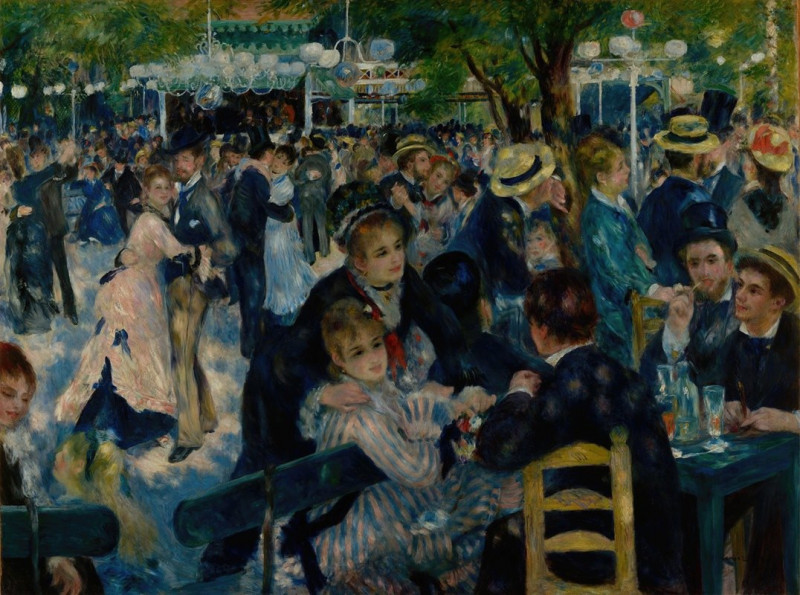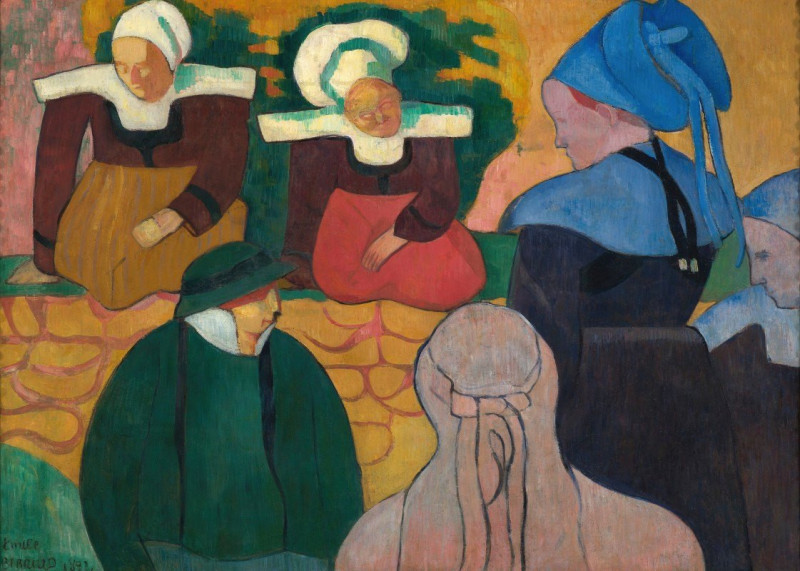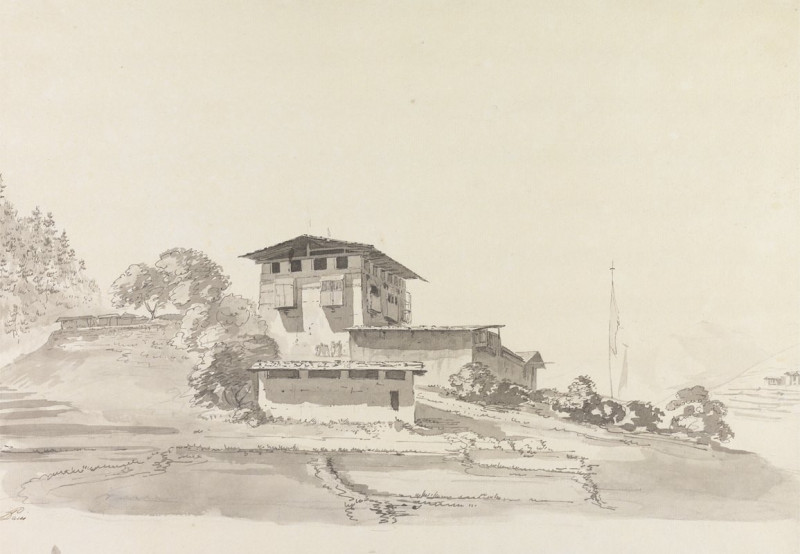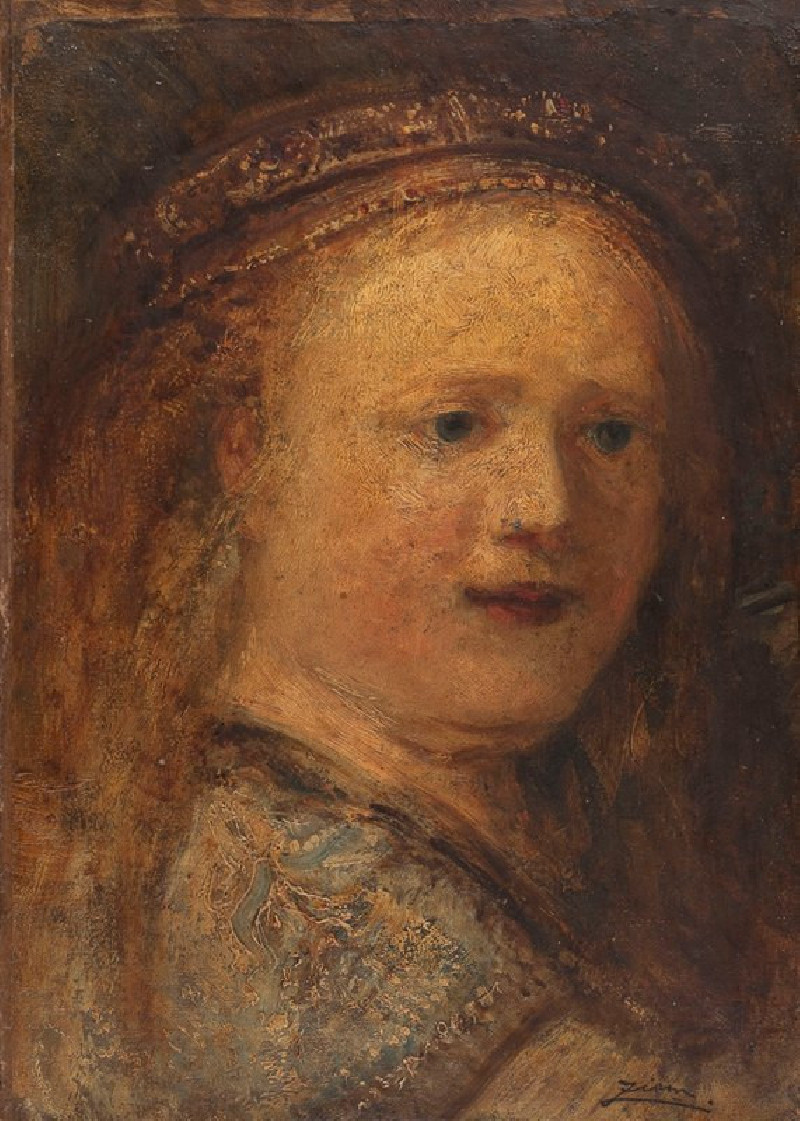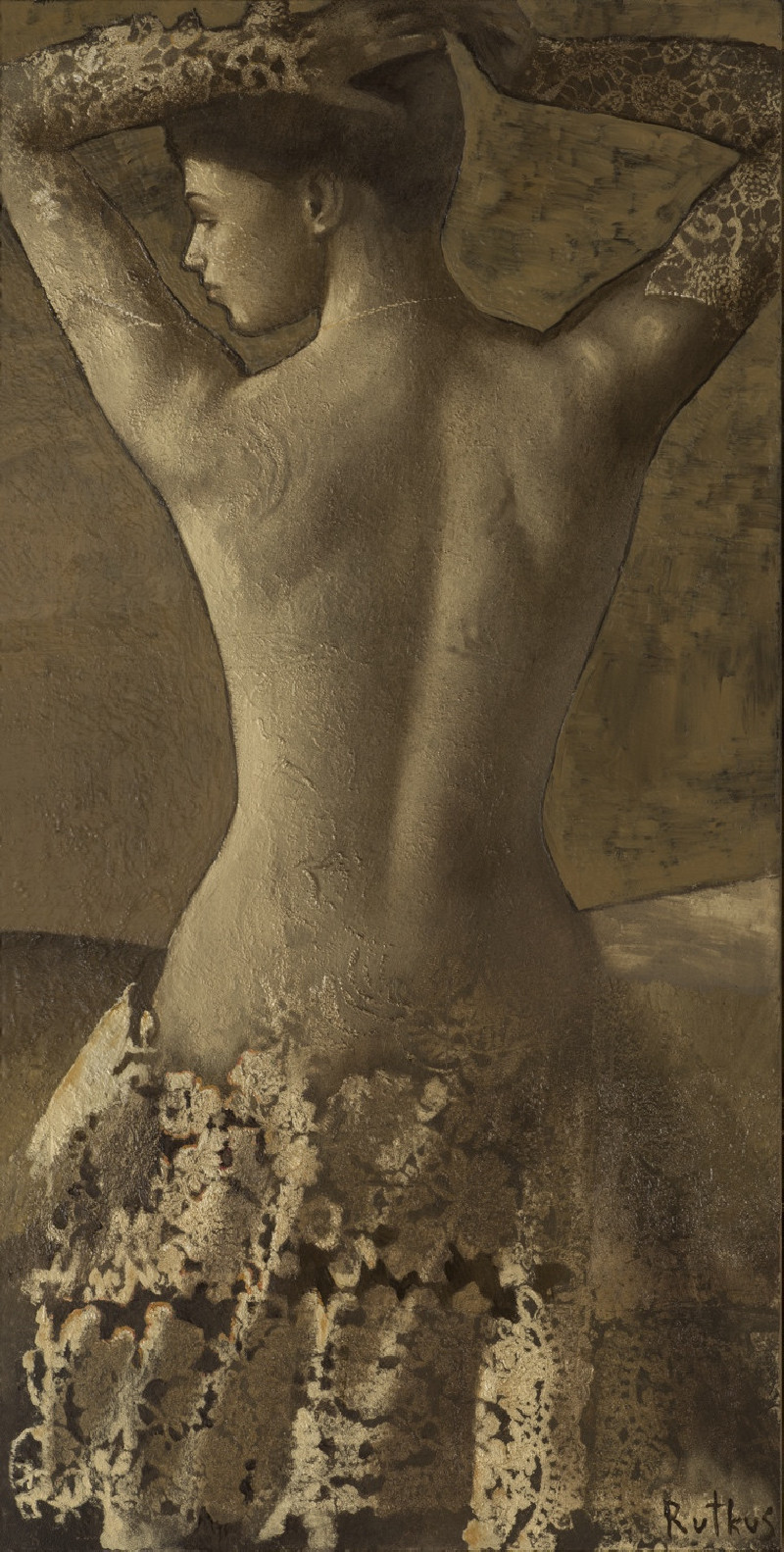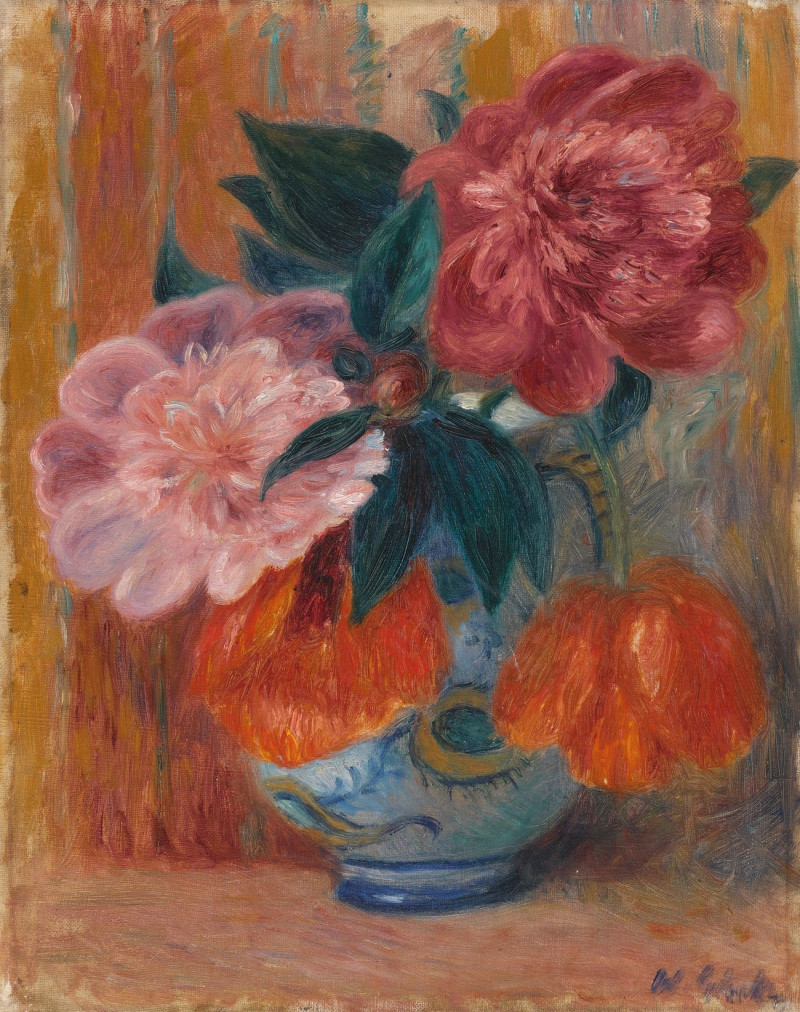William II, Prince of Orange, and his Bride, Mary Stuart (1641)
Technique: Giclée quality print
Recommended by our customers
More about this artwork
This exquisitely detailed painting, created by the renowned 17th-century Flemish artist Anthony van Dyck, captures a significant moment in royal history. Titled "William II, Prince of Orange, and his Bride, Mary Stuart," the work was painted in 1641, depicting the young couple in their regal attire, reflecting their prominent status and the alliances of European nobility.The painting features William II, dressed in a stunning red ensemble adorned with intricate gold embroidery and white lace, holding the hand of his bride, Mary Stuart. Mary, dressed in a similarly luxurious silver gown, detailed with floral patterns, lace, and pearls, complements the rich tones of William’s attire. Her expression, like that of William’s, is serene yet poised, embodying the grace expected of a princess.Behind the couple, a classical column and a partial view of a cloudy sky provide a majestic backdrop, emphasizing their noble bearing and the grandeur of the occasion. The artist's mastery in capturing the textures of silk and satin, and the delicate features of the young couple’s faces, highlights their youth and the hopeful beginnings of their marriage.This painting not only represents a union of significant historical figures but also serves as a splendid example of Anthony van Dyck’s skill in portraiture and his ability to convey opulence and dignity.
Delivery
Returns
Sir Anthony van Dyck (1599 – 1641) was a Flemish Baroque artist who became the leading court painter in England after success in the Spanish Netherlands and Italy.
The seventh child of Frans van Dyck, a wealthy Antwerp silk merchant, Anthony painted from an early age. He was successful as an independent painter in his late teens, and became a master in the Antwerp guild in 1618. By this time he was working in the studio of the leading northern painter of the day, Peter Paul Rubens, who became a major influence on his work.

